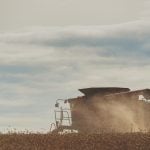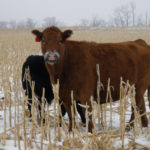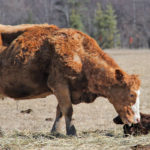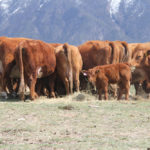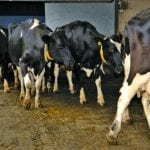Many beef producers are calving later in the year (April, May or June) rather than early, to be more in tune with nature. They have green grass at calving and less need for harvested forage when the cow’s nutritional needs peak during lactation. Along with later calving comes the necessity for later weaning. Some choose […] Read more


